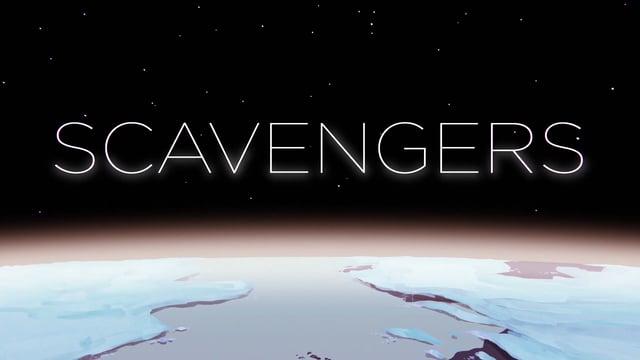The first 1000 people to use the link will get a free trial of Skillshare Premium Membership: https://skl.sh/famefocus05211
Like the music in this video?
Get it on Google Play:► https://bit.ly/2F10vbs ◄
Get it on itunes: ► https://apple.co/2ENGfu9 ◄
Listen on Spotify: ► https://spoti.fi/3boTfCl ◄
Buy it on Amazon: ► https://amzn.to/2QVJZfk ◄
VFX Artists are called Artists because they are people who create paintings or drawings for a living. Their paint may be digital and their canvas may be a computer monitor, but Art is Art no matter what the medium. Once we understand this, we begin to see that the differences between a VFX Artist or a Video Games Artist, or a Cartoonist, are actually quite subtle, and what seemed like three totally different branches, actually stem from the same tree.
Evolution of Animation.
First, we drew on the ground with sticks, later we played with shadows, and then the "Magic lantern", then came the Phenakistiscope and flipbooks, and from there, Stop-Motion with clay, puppets, and hand-drawn animation. All of these animation processes were extremely slow and laborious.
In the 20th century, animation painted on cels (which are transparent sheets of celluloid) became very popular because it meant that the background could be painted on one cel and action cels placed over it, thus speeding up the entire process.
In the early 1970s Computer animation started to appear, throughout the 80s, software was constantly being developed and improved and Disney developed "CAPS" (Computer Animation Production System). But it wasn't until the 90s that CGI really took off. In 1990 Disney's The Rescuers Down Under, using "CAPS" became the first 100% digital feature film produced. In 1991, Disney's Beauty and the Beast became the second traditional 2D animated film to be made entirely using CAPS. In 1993, Jurassic Park successfully combined life-sized animatronics with 3D CG dinosaurs, Industrial Light and Magic created these CG dinosaurs, and ILM founder George Lucas commented: "A major gap has been crossed, and things are never going to be the same!"
The Simpsons.
In 1995, The Simpsons aired the sixth episode in the Treehouse of Horror series, the third segment of this episode was called Homer3 and a large proportion of it was computer-animated.
Pacific Data Images were approached to do the episode.
PDI were big fans of the show, and they were admittedly jealous of Pixar for getting Toy Story, so even though the money offered (around $6,000) was nowhere near enough, they did it anyway.
You can tell PDI were in it for fun just by the number of easter eggs they put into it.
Within the "Tron"-like atmosphere, PDI added a Utah teapot (which was the first object to be rendered in 3D), the number 734, which on a phone pad writes PDI. They also added references, like the temple from the Myst game, also, every set of numbers and letters has a hidden meaning. One set, using ASCII codes, decodes as "Frink Rules". In addition, PDI had to do a water simulation and not only create a 3D homer but a 3D Bart too. PDI put in long hours and weekends to complete the work which was valued at several hundreds of thousands of dollars.
It did pay off though, after seeing their work on the episode in October, Dreamworks bought PDI in march and became PDI/Dreamworks, and they went to create Antz, Shrek, and Madagascar.
Futurama.
Another show to use CGI and 3D animation is Futurama.
In this show, They combine traditional animation with CGI.
At "Rough Draft's" facility in Glendale, The episode is storyboarded and frames with key poses are drawn. At "Rough Draft's" facility in Seoul, South Korea, hundreds of artists work on the "Inbetweening", which is drawing all the frames in between one key pose frame and the next.
These frames are then scanned, digitally colored, and combined with 3D CG animation created at the Glendale facility.
One of the main differences between 3D animation for movies and 3D animation for something like Futurama is that while movies strive for Photorealism, here you are constantly trying to avoid it.
They do this by modeling their 3D characters and props with imperfections, carefully adjusting the 3D lighting to match the Hand-drawn frames, and then rendering with a specific Non-realistic process that makes the lines and shading look like they were done by hand.
The use of Computers for Animation in the 21st century is now as common as cel animation was in the 20th century, but the Irony of CGI, 3D animation, and VFX, is that although they are heavily used in Movies, Cartoons, and Video Games, you can only tell when it's been done badly.
Read more here: www.famefocus.com
Follow us on Twitter: https://twitter.com/focusfame
- Category
- CG VFX & Misc

